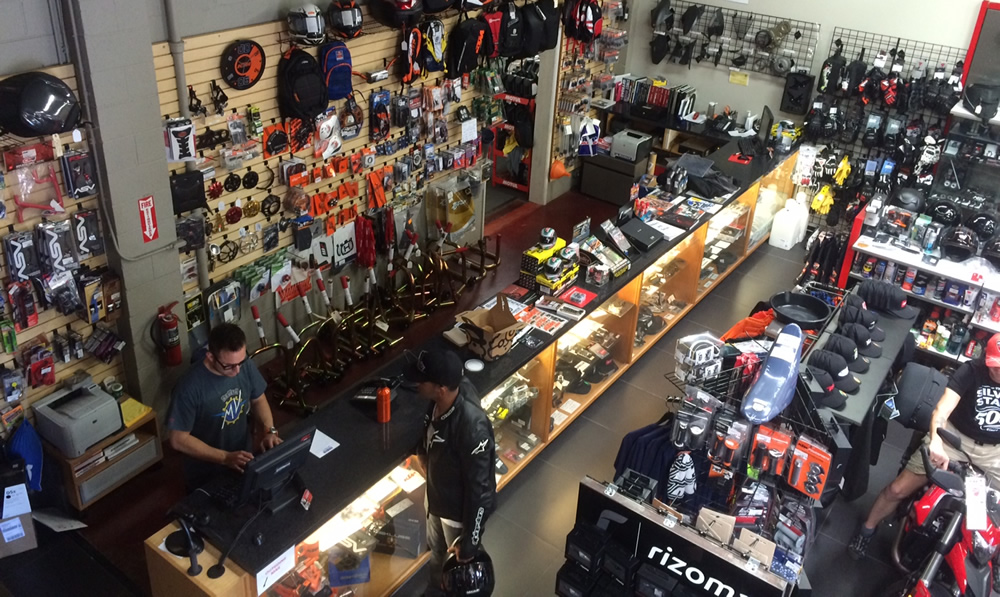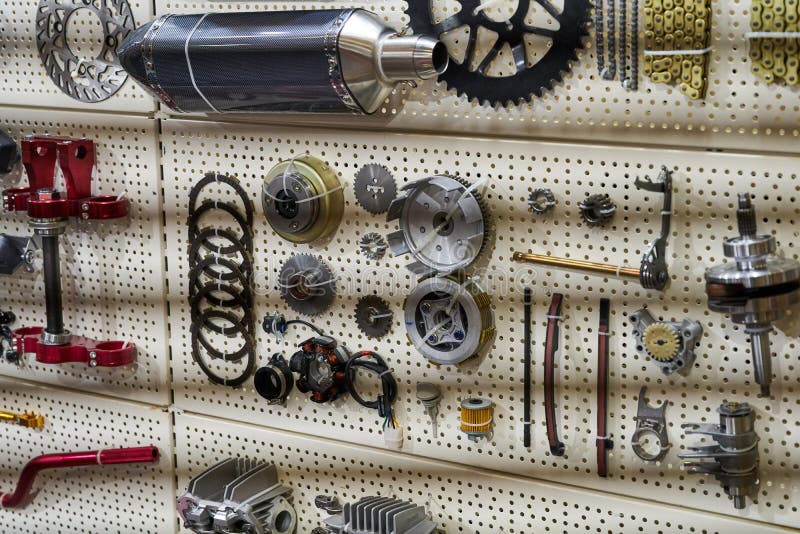Discover the Latest Motocross Gear NZ for each Degree of Rider
Wiki Article
Grasping Motorbike Gears: How to Enhance Your Riding Experience
In the world of motorcycling, mastering the art of equipment adjustment is important for boosting your riding performance. Correctly utilizing and recognizing motorcycle gears can significantly affect gas, velocity, and control effectiveness, changing an ordinary adventure into a smooth, exhilarating journey. By integrating exact change timing and adapting gear choice to various roadway conditions, bikers can guarantee optimum engine performance and safety. The nuances of clutch control, throttle sychronisation, and equipment mechanics bid a deeper exploration, assuring to open the complete capacity of your device. Just how can these techniques be utilized to genuinely maximize your riding experience?Recognizing Gear Mechanics
At the core of bike dynamics, gear technicians play a crucial function in transforming engine power into movement, eventually dictating rate and control. The equipment proportions, carefully designed, identify the connection between engine changes and wheel turns, influencing velocity and gas efficiency.
Recognizing equipment technicians begins with recognizing the value of the gearbox, which houses several equipments of differing sizes. These gears engage through a process referred to as meshing, where teeth of different gears engage to send power. The accuracy of this communication is important; any type of misalignment or damage can result in ineffective power transfer, preventing performance. Furthermore, the plan and dimension of equipments affect the bike's capability to handle various loads and speeds.
Furthermore, the principle of equipment shifting is important to making the most of efficiency. Smooth and prompt shifts make sure that the engine runs within its optimum power band, stopping unneeded pressure and boosting longevity (motorcycle parts nz). By comprehending these mechanical ins and outs, cyclists can achieve a harmonious blend of power, effectiveness, and control, elevating their riding experience
Timing Your Shifts
Shift timing mastery is vital for enhancing bike efficiency and boosting the riding experience. Effectively timed shifts ensure that the engine runs within its optimum power band, which is crucial for maintaining control, achieving smooth velocity, and ensuring the longevity of the motorcycle. Bikers need to create an instinctive feeling of when to change equipments, which entails recognizing the relationship between engine revolutions per minute (RPM) and speed.To master shift timing, pay attention to the engine's audio and feel, as these offer essential clues about when to alter equipments. The excellent change factor typically happens when the engine comes close to the top variety of its power band without reaching the redline. Changing also early can result in an absence of power, while moving far too late may trigger unneeded engine strain
Additionally, road conditions and riding design impact change timing. For instance, in metropolitan setups, smoother and much more regular changes may be needed to navigate web traffic successfully. On the other hand, throughout freeway riding, fewer changes at greater speeds can be better. Practicing in diverse environments will certainly enhance your capacity to time shifts exactly, inevitably elevating your riding experience to an expert degree.
Enhancing Fuel Efficiency
While understanding motorcycle gears is essential for efficiency, boosting fuel effectiveness is just as important for both ecological and economic reasons. Optimum fuel usage not only lowers operational expenses however also decreases the environmental impact of riding. To accomplish this, one have to understand the complex relationship in between gear option and engine performance.Riding in a higher gear at reduced rates can lead to engine lugging, which is destructive to both fuel economy and engine health. Conversely, riding in reduced equipments at high rates results in unnecessary gas intake.
Additionally, regular maintenance plays a crucial function in fuel effectiveness. Ensuring that the motorbike is well-tuned, with tidy air filters and correctly inflated tires, can decrease and boost the rules of aerodynamics fuel wastage. Embracing a riding design that accepts steady velocity and smooth deceleration can add to better gas economic climate.

Methods for Smooth Transitions
Achieving smooth equipment transitions is basic to enhancing the riding experience and making certain the durability of a motorcycle's transmission system. Correct gear shifting not just adds to a smooth experience yet additionally lessens wear and tear on the mechanical components. To understand the art of smooth shifts, bikers must concentrate on a few crucial methods.
Secondly, clutch control plays an essential role. Engaging and disengaging the clutch efficiently calls for technique. The clutch lever ought to be launched gradually, enabling a smooth transfer of power from the engine to the anchor wheels without causing a jolt or sudden movement.

Adjusting to Road Conditions
Navigating varied roadway problems is a critical ability for any kind of motorcyclist intending to keep control and safety and security. Whether you're riding on damp surface areas, crushed rock roadways, or navigating sharp turns, your capacity to adapt your gear use and riding strategy is extremely important. Recognizing just how to readjust your equipments suitably can significantly impact traction and stability, guaranteeing a much safer trip.On damp roads, it is suggested to keep greater gears to reduce torque and minimize wheel spin. This approach aids keep hold on unsafe surface areas, enabling smoother acceleration and deceleration. In comparison, when riding on gravel or irregular surface, reduced equipments are better. Reduced equipments provide better control and allow you to react even more swiftly to unforeseen changes in the roadway surface area.
Sharp curves demand specific equipment monitoring to balance rate and control. Downshifting prior to entering a contour can aid maintain energy while making certain the motorcycle stays secure throughout the turn. Consistent method in diverse problems webpage enhances your capability to respond and anticipate to adjustments in roadway texture and incline.
Final Thought
Understanding motorcycle gears dramatically boosts the riding experience by improving control, acceleration, and fuel effectiveness. An extensive understanding of equipment auto mechanics and specific change timing guarantees the engine operates within its ideal power band, while smooth shifts with efficient clutch and throttle control rise convenience and efficiency. Adjusting equipment selection to various road conditions, such as utilizing higher gears on wet surfaces and lower gears on gravel, additional improves handling and security. Eventually, these skills raise the general journey.Recognizing equipment technicians starts with identifying the value of the transmission, which houses several gears of varying sizes. These equipments interact with a procedure recognized as meshing, where teeth of various equipments involve to send power (mx parts nz). Gentle adjustments to the throttle during gear shifts can protect against jerky activities and keep a constant riding speed
Whether you're riding on damp surface areas, crushed rock roads, or browsing sharp turns, your capacity to adapt your gear usage and riding strategy is paramount. Adapting gear selection to various roadway conditions, such as making use of greater equipments on wet surfaces and reduced equipments on gravel, more boosts handling and security.
Report this wiki page